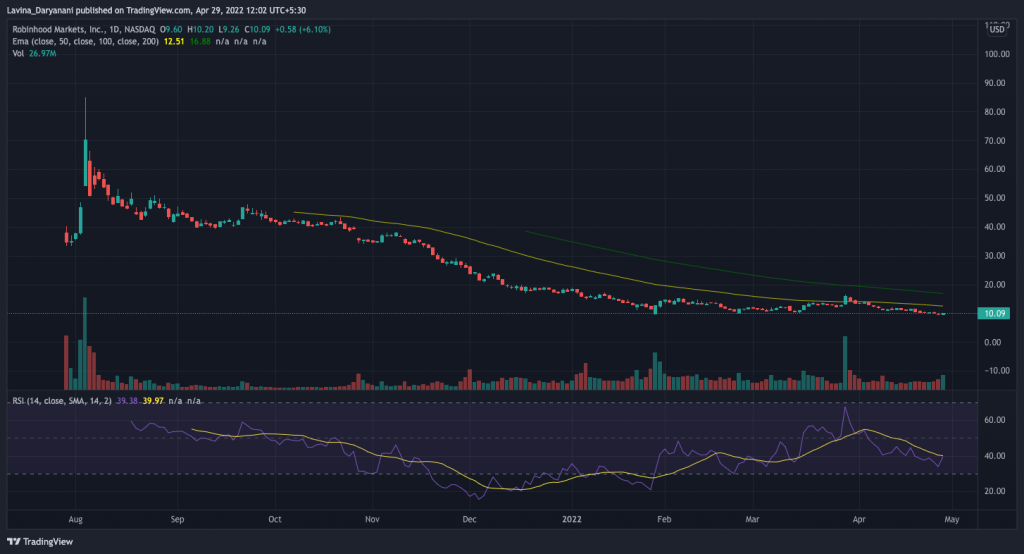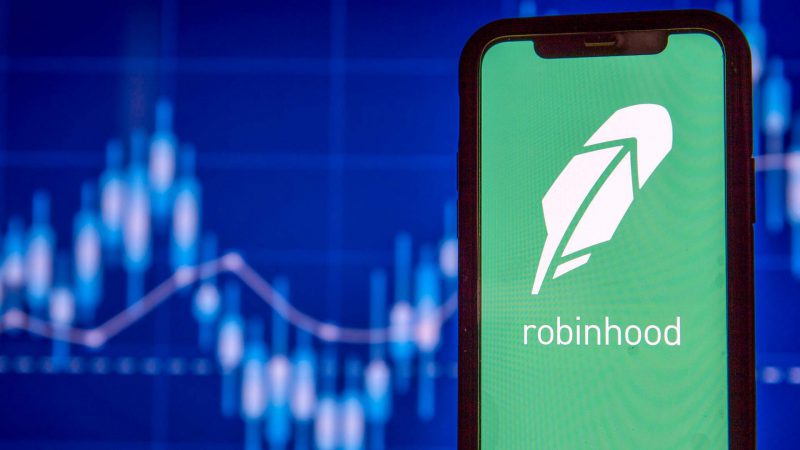Quarterly report releases have been mounting over the last couple of days. Right from Alphabet to Netflix and Meta – all major companies have disclosed their reports outlining the hits and misses of Q1 ’22. Financial services company Robinhood was one of the latest ones to do so.
Signs of weakness
Robinhood Markets Inc. enjoyed 18 months of massive growth in 2020 and the initial half of 2021, just before it went public. In that timeframe, the company’s net funded accounts surged more than 4x because people stuck at home during the pandemic used the platform to hyper trade.
The boom days weren’t good enough to last. Robinhood’s growth has already started fading away. Key evidence of the same is the company’s announcement on 26 April that it is firing about 9% of its full-time workforce.
Robinhood’s quarterly report was worse than expected
The Retail brokerage firm reported a greater than expected loss and dwindling revenue for Q1, re-emphasizing the fact that its boom phase has lost the fizz.
Per CNBC, here’s what the company reported compared with what Wall Street was expecting, based on a survey of analysts by Refinitiv:
- Losses per share: 45 cents vs. 36 cents expected
- Revenue: $299 million vs. $355.8 million expected
In Q1, Robinhood’s loss narrowed to $392 million, or 45 cents per share, from a loss of $1.4 billion, or $6.26 per share, a year ago. Revenue fell 43% from a year ago to $299 million.
Additionally, the platform’s monthly active users declined to 15.9 million, down from 17.7 million in the year-ago period and 17.3 million in the previous quarter. The company’s average revenue per user came in at $53, down from $137 a year prior and $64 in the previous quarter.
Even crypto couldn’t come to Robinhood’s rescue. In the first quarter, the firm’s revenue from crypto trading declined by 39% to $54 million, but that managed to surpass the $36 million from equities trading. Notably, the numbers were $88 million and $133 million, respectively, a year back.
Commenting on the state of affairs Jason Warnick, Chief Financial Officer of Robinhood Markets said,
“We’re seeing our customers affected by the macroeconomic environment, which is reflected in our results this quarter.
The exec added,
“At the same time, we’ve also made progress on our long-term plans and continue to pursue them aggressively.”
Shares of the company were down by more than 11% in after-hours trading, hitting all-time lows. Robinhood essentially went public in July 2021 at $38 per share, went on to attain $85, but struggled to stay up there. It closed at $10.09 per share on Thursday before the result was released.







